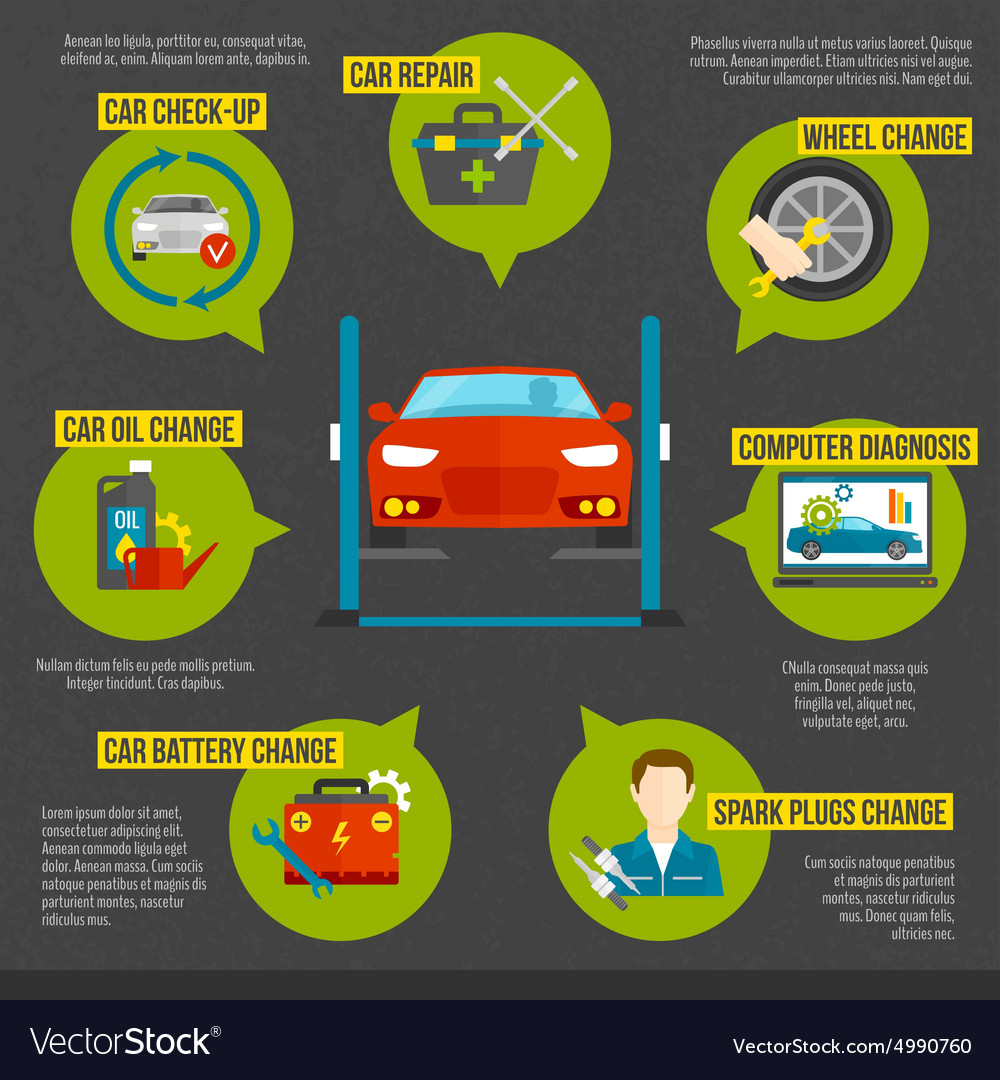Understanding The Meaning Behind Your Lorry'S Caution Lighting: An Extensive Appearance
Understanding The Meaning Behind Your Lorry'S Caution Lighting: An Extensive Appearance
Blog Article
Material Writer-Lauritsen Shepherd
When you lag the wheel, those glowing warning lights on your dashboard can be a little bit bewildering. Do you know what they're trying to tell you about your automobile's health and wellness? Comprehending the value of these lights is essential for your safety and the long life of your vehicle. So, the following time one of those lights turns up, would not you intend to understand its message precisely and take the essential actions to address it?
Common Warning Lighting and Interpretations
Recognize usual caution lights in your car and recognize their significances to ensure risk-free driving.
The most common warning lights include the check engine light, which signifies issues with the engine or exhausts system. If this light comes on, it's critical to have your automobile checked quickly.
The oil pressure alerting light suggests low oil stress, requiring instant attention to stop engine damage.
A blinking battery light might recommend a defective billing system, potentially leaving you stranded if not dealt with.
The tire pressure surveillance system (TPMS) light signals you to reduced tire pressure, affecting lorry stability and gas effectiveness. Disregarding please click the next post could cause risky driving conditions.
The abdominal light suggests an issue with the anti-lock braking system, jeopardizing your capacity to quit quickly in emergency situations.
Finally, the coolant temperature level alerting light warns of engine overheating, which can lead to serious damage if not settled promptly.
Comprehending these typical caution lights will certainly help you attend to concerns immediately and keep safe driving problems.
Value of Prompt Focus
Understanding the typical warning lights in your auto is only the primary step; the relevance of without delay attending to these cautions can not be emphasized sufficient to ensure your safety and security on the road.
When a caution light brightens on your dashboard, it's your auto's method of connecting a possible issue that needs focus. Overlooking these warnings can bring about much more severe problems later on, endangering your security and potentially costing you a lot more out of commission.
danddcarwashnz to alerting lights can stop failures and accidents. As https://remapping-near-me73940.bloggip.com/30247429/arising-fads-in-car-repair-what-to-expect-in-the-years-ahead , a blinking check engine light can indicate a misfire that, if left unattended, could trigger damage to the catalytic converter. Addressing this quickly can conserve you from an expensive repair service.
In a similar way, a brake system advising light might signify low brake fluid or worn brake pads, critical parts for your safety when driving.
Do It Yourself Troubleshooting Tips
If you discover a caution light on your control panel, there are a few DIY repairing suggestions you can attempt before looking for professional help.
The very first step is to consult your automobile's guidebook to understand what the details warning light indicates. In some cases the problem can be as straightforward as a loosened gas cap causing the check engine light. Tightening up the gas cap may resolve the problem.
One more usual concern is a reduced battery, which can activate different warning lights. Checking the battery connections for deterioration and ensuring they're safe may repair the issue.
If a caution light lingers, you can attempt resetting it by detaching the vehicle's battery for a few minutes and afterwards reconnecting it. Furthermore, examining https://frontbrakesandrotors28395.topbloghub.com/36503279/perfect-your-capacity-to-select-the-most-ideal-auto-service-center-by-using-these-10-informative-standards , such as oil, coolant, and brake fluid, can help fix warning lights associated with these systems.
Conclusion
To conclude, understanding your vehicle's caution lights is necessary for keeping your car running efficiently and securely. By immediately dealing with these informs and knowing what they suggest, you can prevent expensive repair services and potential break downs.
Remember to consult your auto's manual for specific details on each warning light and take action as necessary to make certain a trouble-free driving experience.
Stay notified, stay risk-free when driving!
